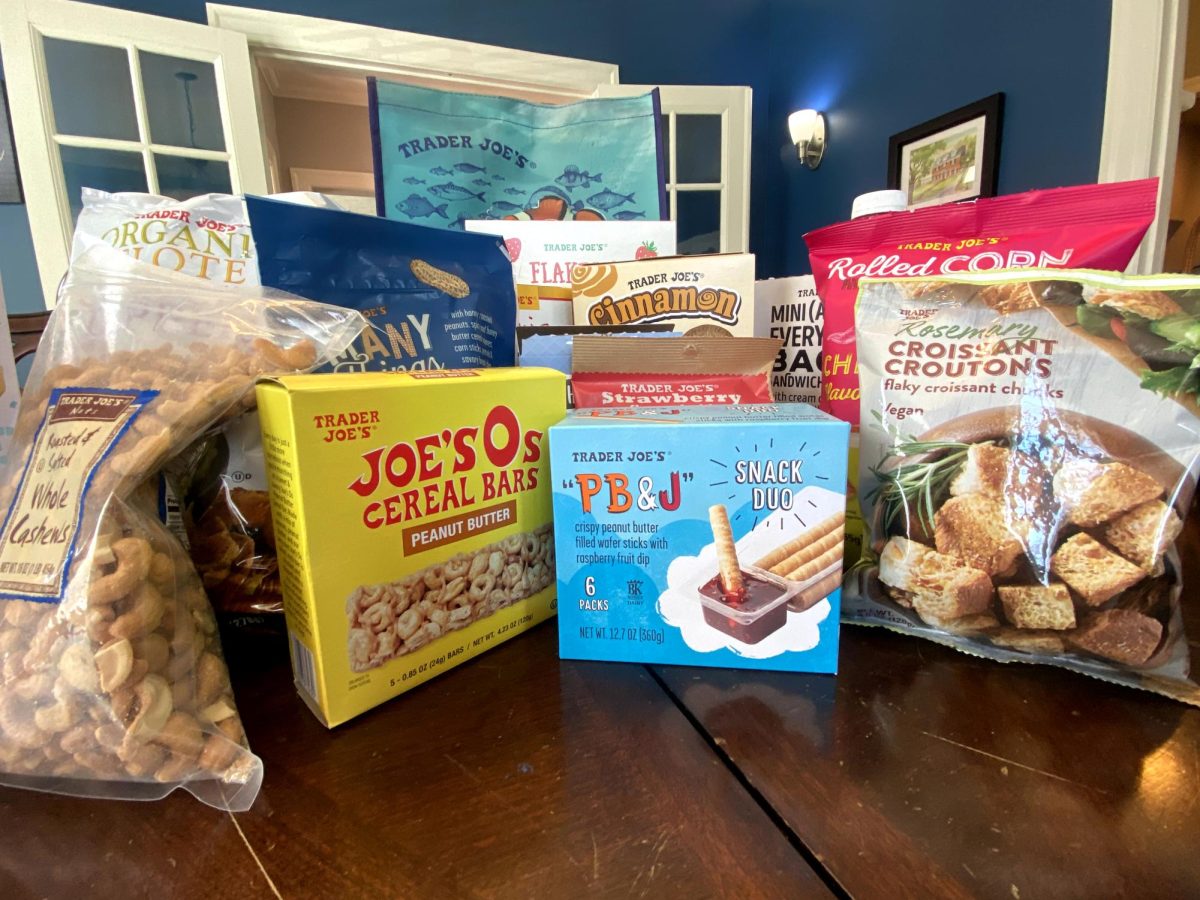Central High School was among the 1,850 schools across 43 states that took part in testing to improve the 2025-26 Free Application for Federal Student Aid (FAFSA).
The U.S. Department of Education completed the beta testing for this cycle’s FAFSA form on Nov. 21, 10 days ahead of its Dec. 1 goal. The official form is now available to all students and families at fafsa.gov. A paper form is also available.
The department announced in August it would use a phased rollout to launch the 2024-25 FAFSA to fix any issues that might appear before it became open to everyone. There were four rounds of beta testing, the first of which began Oct. 1. Each round gradually increased the number of students who could complete the form.
The 2024-25 FAFSA was plagued by technical glitches and delays after the “FAFSA Simplification Act” mandated a complete overhaul of the form with the intention of streamlining the process. Many students were forced to commit to a college without knowing if they would be able to afford it.
Ultimately, there was a drop in college-going students. According to the National Association of Student Financial Aid Administrators (NASFAA), public non-profit four-year institutions saw a decline of 8.5% in freshmen enrollment. Private non-profit four-year institutions saw a decline of 6.5% in freshmen enrollment.
Central participated in the improvement program through a partnership with EducationQuest Foundation, a nonprofit aiming to improve access to higher education in Nebraska. To be a beta tester, families had to provide identification ahead of time and fill out intent to participate forms. Between Central and Waverly, the second Nebraska school approached by EducationQuest, 119 families were accepted, and 36 Central families were able to complete the FAFSA. Central and EducationQuest were able to help another 36 start it.
“If they did have an error on the FAFSA form, we had a direct number to contact someone who could help right away. We weren’t on hold for minutes and hours. We got our questions answered right away,” counselor Angela Meyer said.
Central was also selected for the FSA ID, consisting of the account username and password students create to gain access to the Department of Education’s online systems. A Social Security number (SSN) and email address are needed to create an FSA ID.
Students were invited down to Central’s college counseling area and asked to read an email with instructions for creating an FSA ID. If they encountered anything they did not understand, they would share with a representative from Washington D.C., so the necessary tweaks could be made before the FAFSA became available to everyone.
After reading the instructions, students accessed StudentAid.gov to create an FSA ID. If they caught an error, they immediately stopped working with a Department of Education representative to fix the error.
“It started off by giving me information, like how I can apply for student loans, find new ways and use those connections to help pay for college. So that was good. I like how it gave me that information before it gave me the set up,” said senior Amelia Jackson, who participated in the FSA ID beta testing.
“And then he gave me the set-up, there was an error, but I didn’t stress about it because I know there’s always a solution to the problem. And so there were people there to help me,” Jackson said.
Meyer urges upcoming seniors to start filling out the FAFSA early so they have time to work through any errors they might run into.
“What I worry about is students who are, maybe, applying for the FAFSA for a scholarship, and they wait a little too long, and then they have an error on their FAFSA, and we don’t have time to correct it,” she said.
Most of these are programming errors as simple as having the student using an extra space when entering their name. If an error will not allow them to move on, Federal Student Aid must be contacted.



















